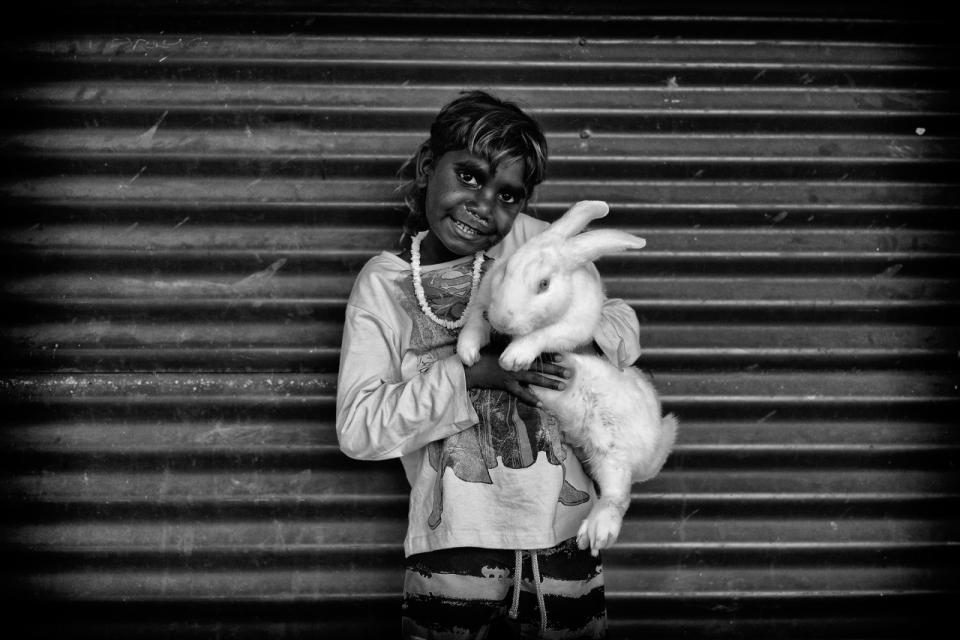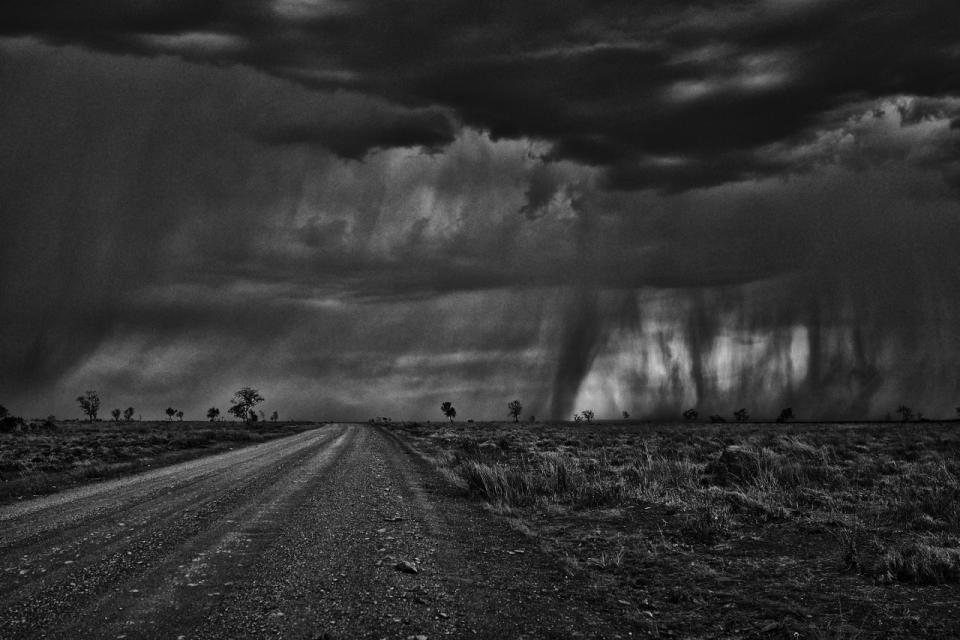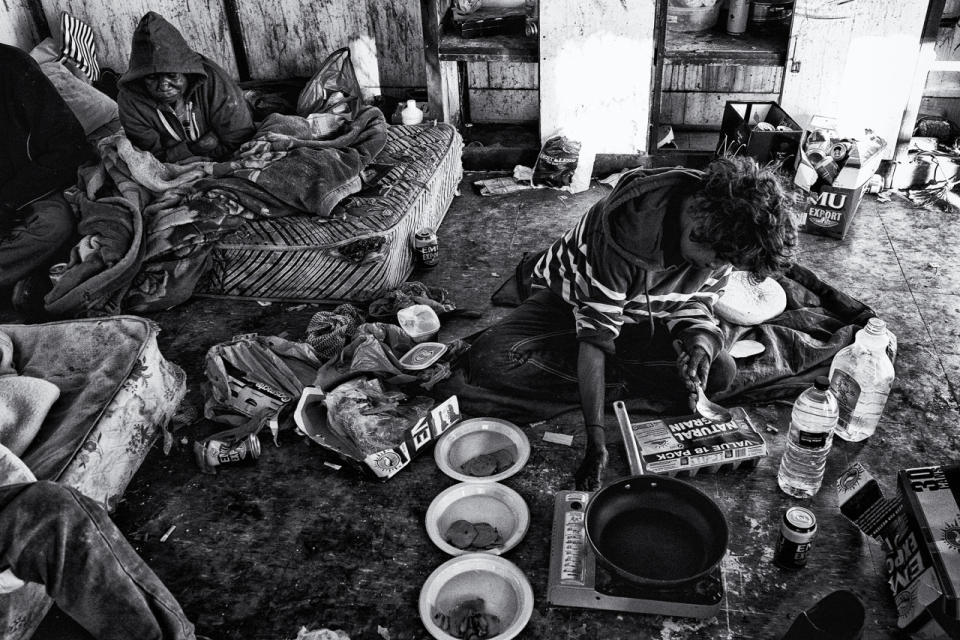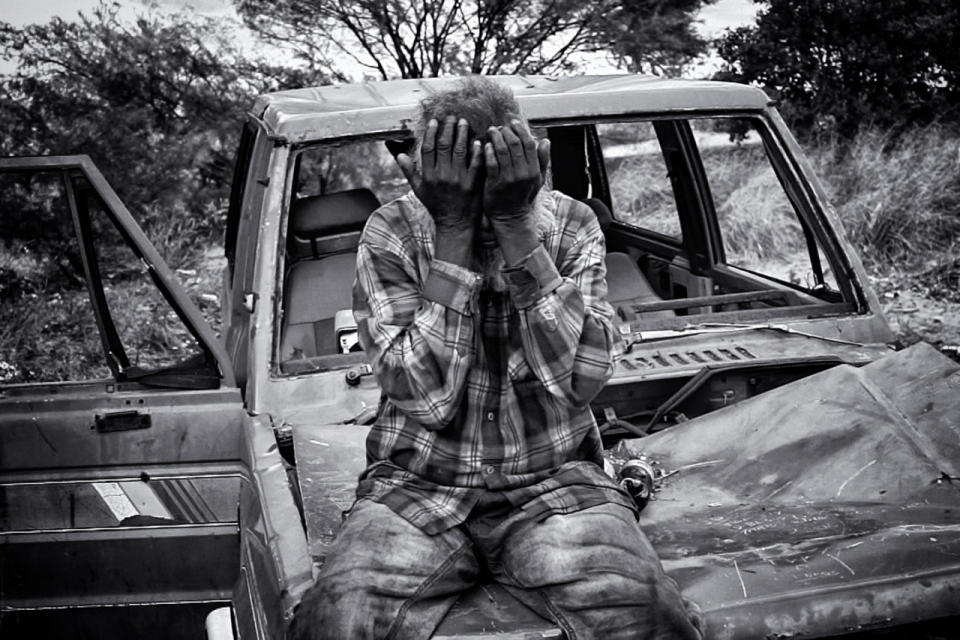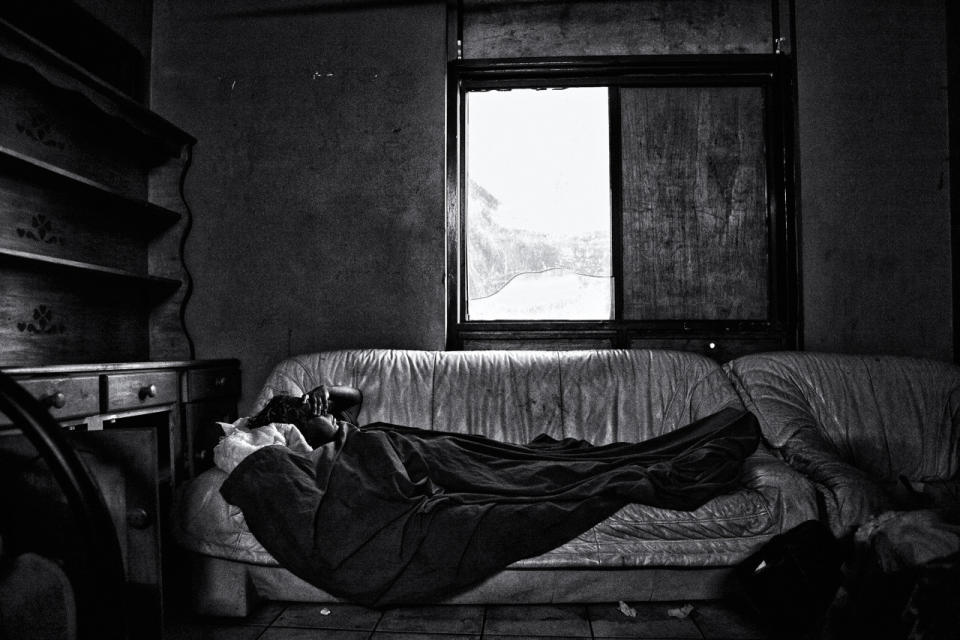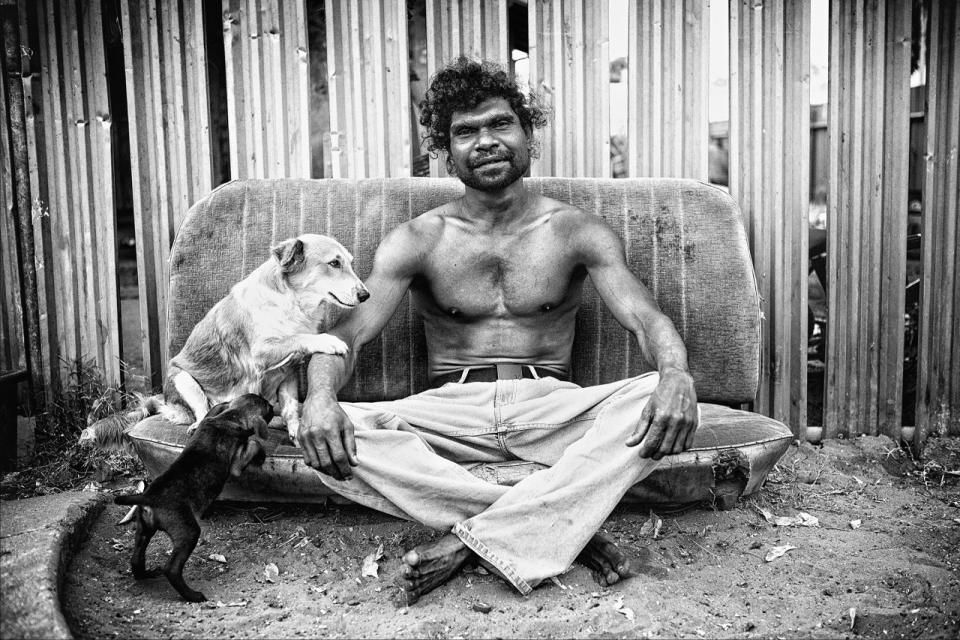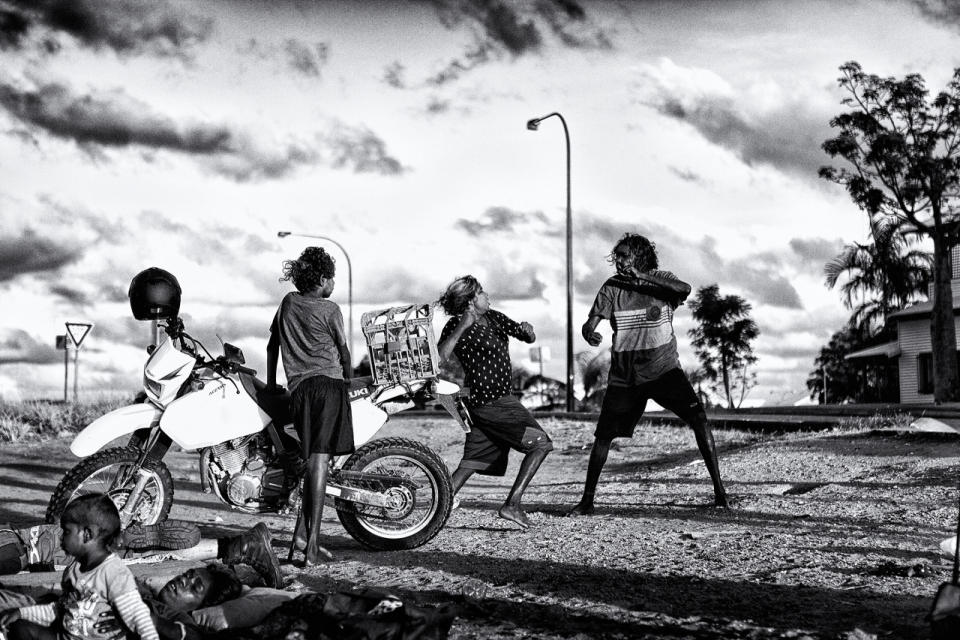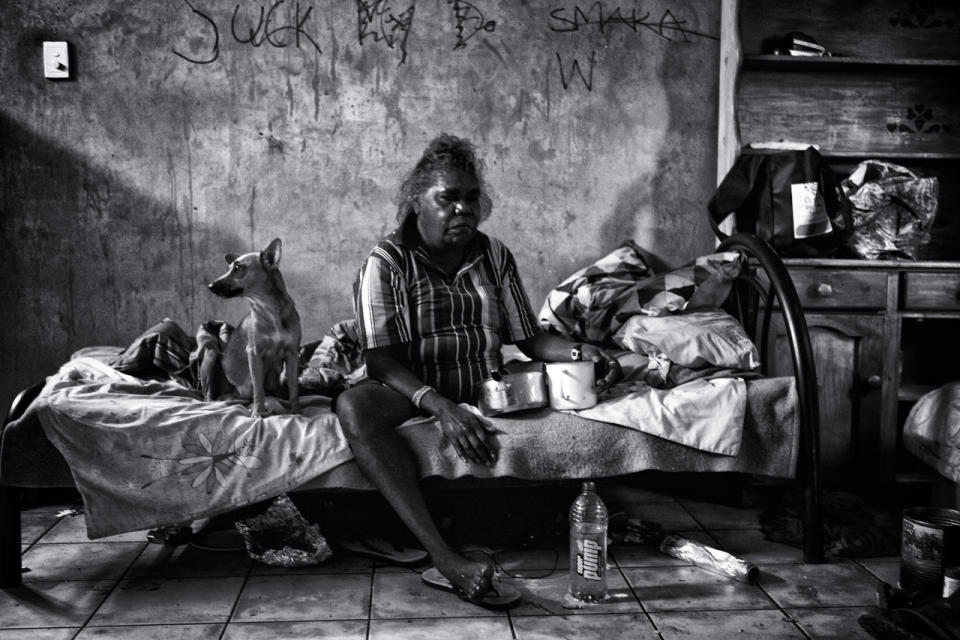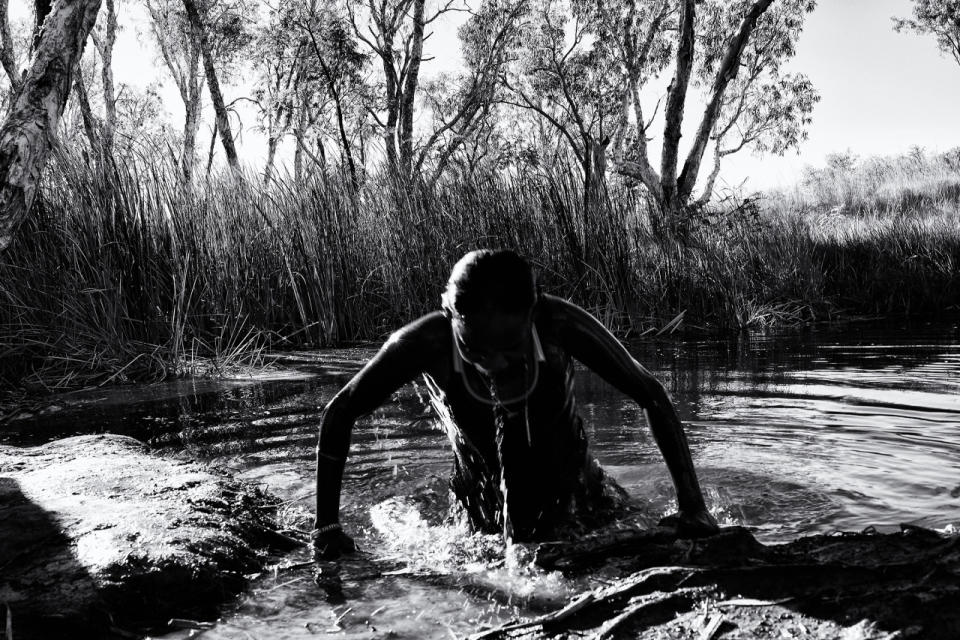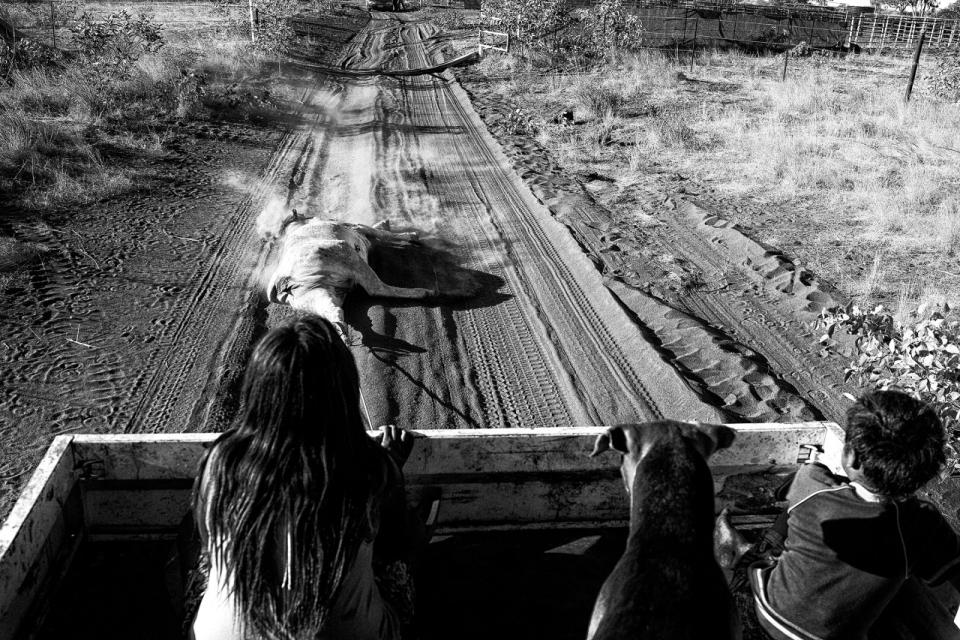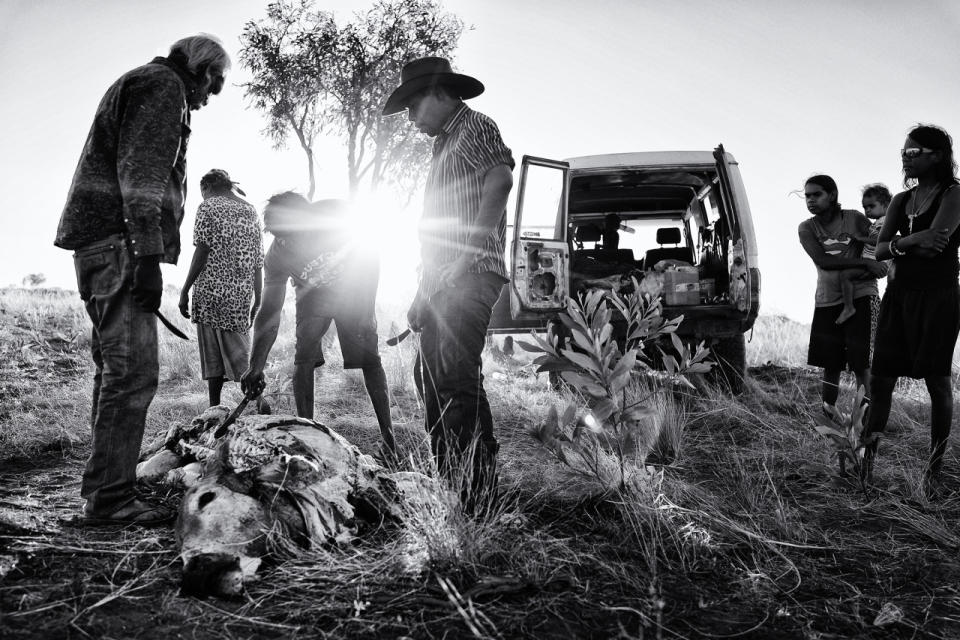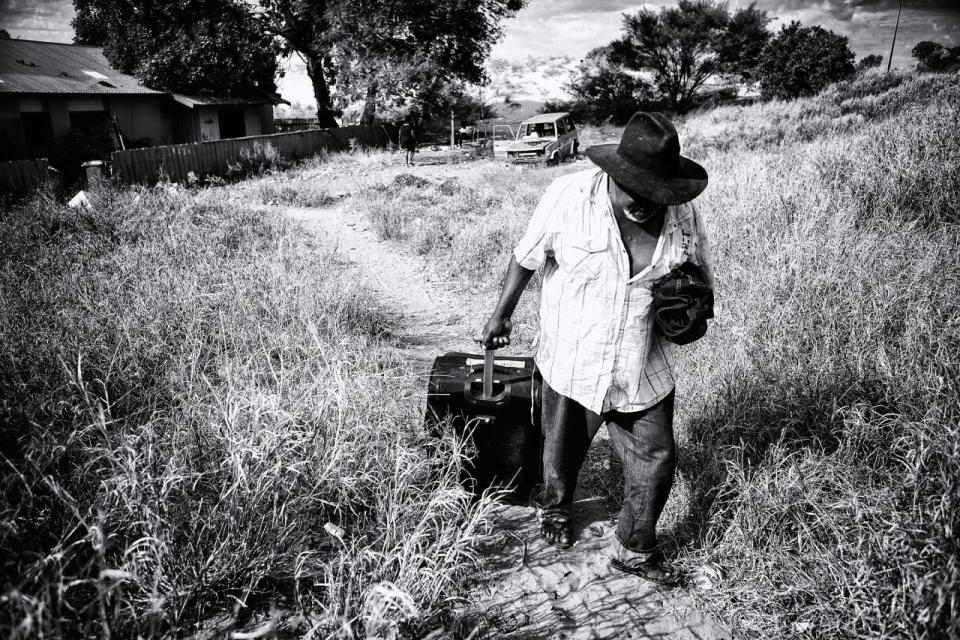'This Is My Country' – The discrimination against and displacement of aboriginal communities of Western Australia
Kennedy Hill is an aboriginal community that sits on pristine land overlooking the sea in Broome, a resort town on the north coast of Western Australia. Though aboriginal people have lived in Kennedy Hill for generations, the residents are now threatened with displacement as the result of a recent government declaration.
Photojournalist Ingetje Tadros settled in Broome, not far from the Mallingbar community, and, because of a lifelong interest in the fate of indigenous people, became friends with many of those living there. Tadros found people in distress, mistreated by their government, misunderstood by the aid community and largely invisible to Australian society — a voiceless and unseen community. She photographed her neighbors and friends, and her images brought their story, “This Is My Country,” to the world.
Tadros tells the story:
“This Is My Country” is a compelling look at people balanced on the precipice of life who are largely disenfranchised, neglected and often forgotten.
To document Australia’s indigenous people, I traveled to remote regions of Australia’s vast and unforgiving outback and spent time in aboriginal communities. I witnessed a high incidence of alcoholism, domestic violence and general health issues and an alarming frequency of suicide — communities fractured and in distress. I documented sections of communities mismanaged by their governments, not fully understood by the wider aid community and largely left unseen by most of Australian society. A voiceless and unseen minority consigned to lives of quiet desolation.
One day I heard about a young boy who was lost and who suffered from fetal alcohol syndrome. The whole community went out to look for him. They found him two days later in croc-infested country, where he had been attacked by a croc. This story and many others, especially the suicides in these communities, compelled me to start documenting aboriginal people to give them a voice. I feel strongly that the Aboriginal people are not treated with the respect they deserve as the original peoples of this country. When you sit with the people and hear their stories, the depth and beauty of these people becomes obvious. Their connection with the land, their country and with their families are things we all can learn from.
I took photographs that make visible and make heard the plight of the most exposed and vulnerable people in Australian society. I tried to reveal many of the moments that are often underrepresented in the documentation of Australia’s original inhabitants: their approach to community, family, nurturing, spirituality, nature, storytelling and, importantly, healing.
Powerful and pervading, the images, once seen, can’t be ignored and remind us of the power of documentary photography to question, communicate and debate the most pressing social issues facing society today. Most importantly, they remind us not to turn a blind eye to the suffering of our fellow man.
_____
“This Is My Country” will be published by FotoEvidence as a hardcover book with 112 pages, 70 black-and-white photographs and an introduction by aboriginal writer and filmmaker Mitch Torres.
Watch the video on Indiegogo and contribute to the crowdfunding effort to create an enduring document about Australia’s First Peoples’ struggle for justice and to support aboriginal communities as they fight displacement.
See more news-related photo galleries and follow us on Yahoo News Photo Tumblr!
